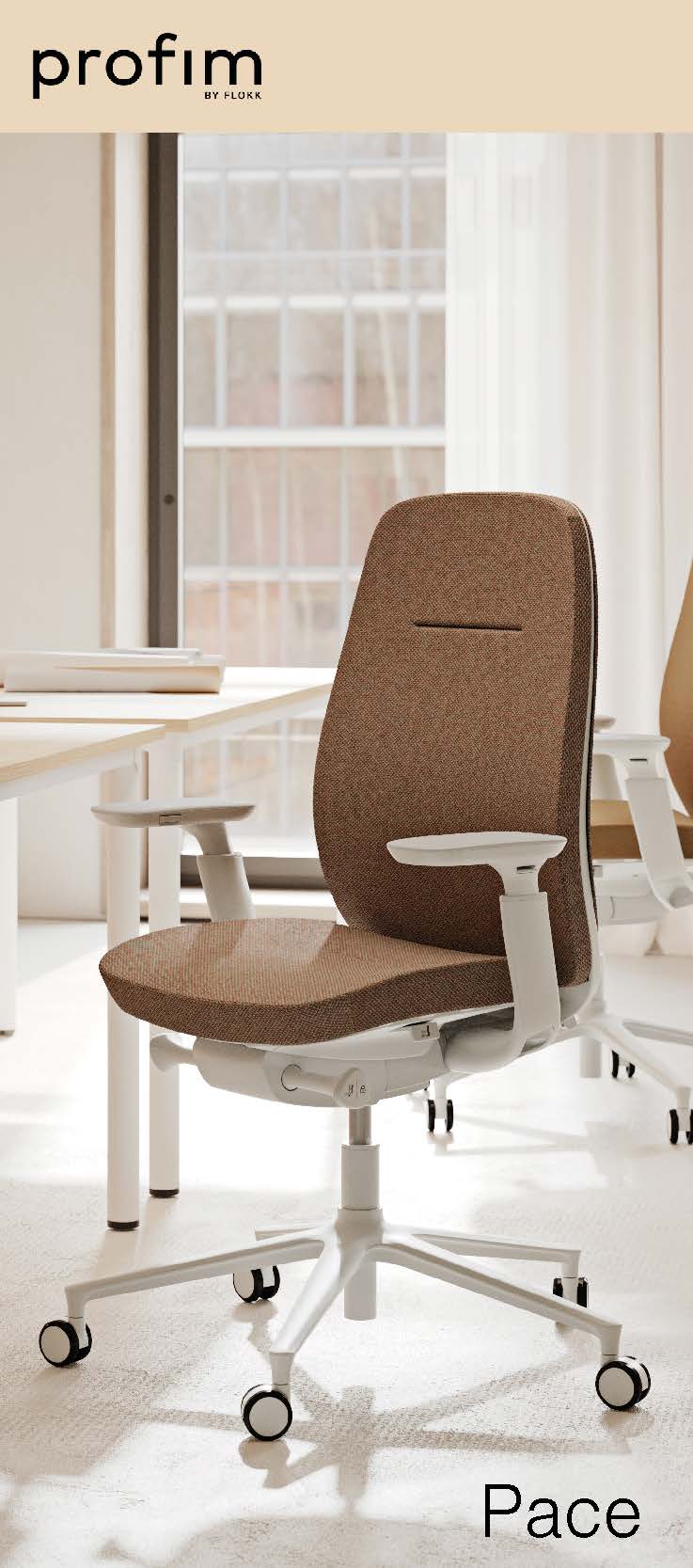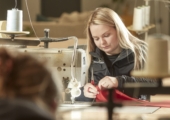December 19, 2017
New research claims people are more comfortable discussing sex than mental health at work
A new study from mental health campaigners Time to Change claims that British workers would rather talk to their colleagues about relationship issues, money problems and sex than broach the topic of mental health. The survey of 2,000 people suggests mental health remains one of the last taboos in the workplace, showing that, despite progress, there is still a lot more work to do in 2018 to combat the stigma. One in four of us will experience a mental health problem in any given year and yet Time to Change says these figures show that when it comes to employment the vast majority of people still feel unable to speak openly about their mental health with their line managers and even their close colleagues.













December 14, 2017
How designers copy nature to create new and extraordinary forms
by Charles Marks • Comment, Workplace design
Humans have a long track record of turning to Nature for inspiration. When Leonardo da Vinci turned his mind to the challenge of acquiring the power of flight for mankind, his sketches show he believed the solution lay in mimicking the form and function of bat wings. We’ve learned a lot about aerodynamics since the fifteenth Century but nature continues to provide a blueprint for the way we design materials and structures. Researchers at the University of Alabama have recently won a grant from the US National Science Foundation to explore how the scales on the wings of butterflies (pictured) help the creatures to fly in the hope that it will help engineers design better and more efficient aircraft.
(more…)